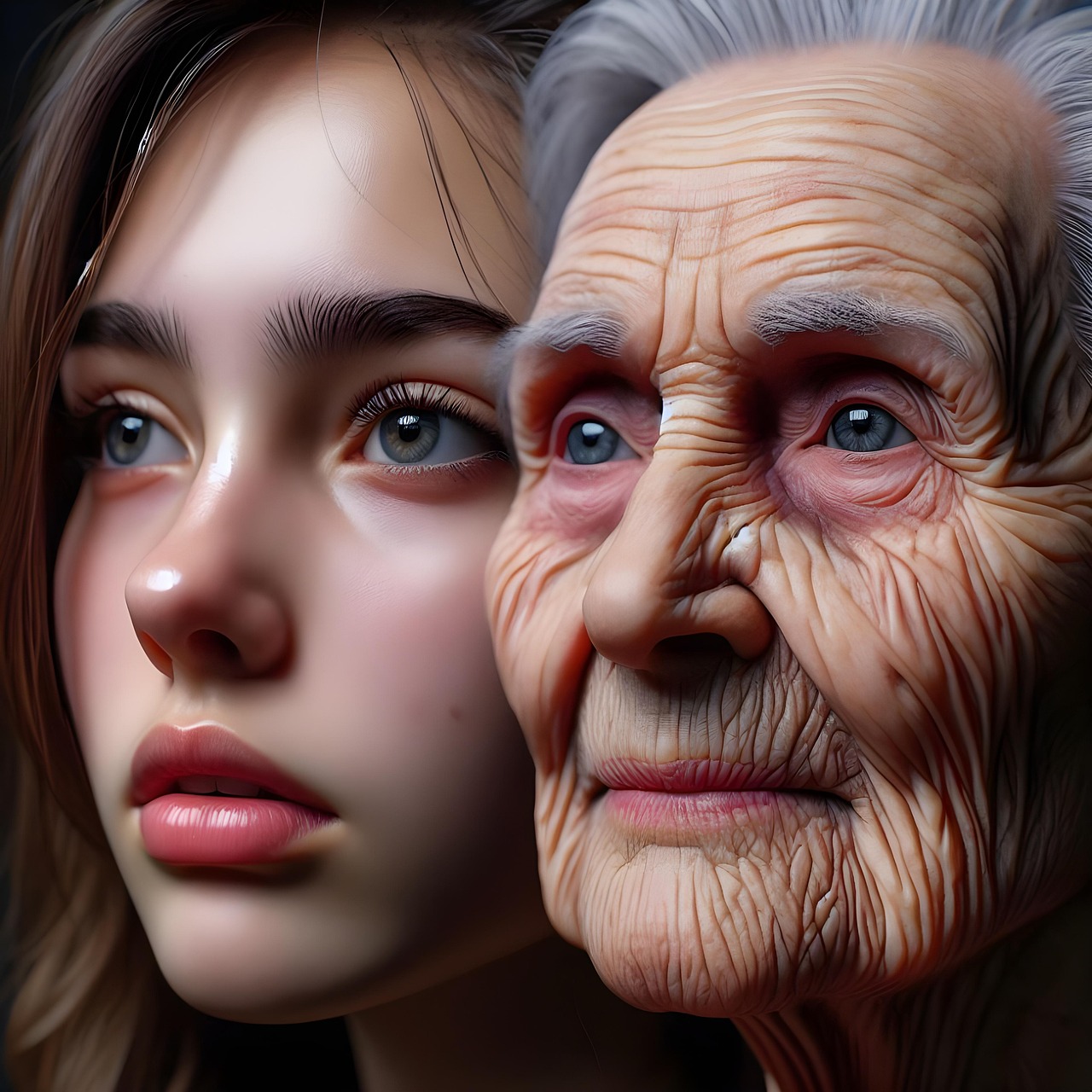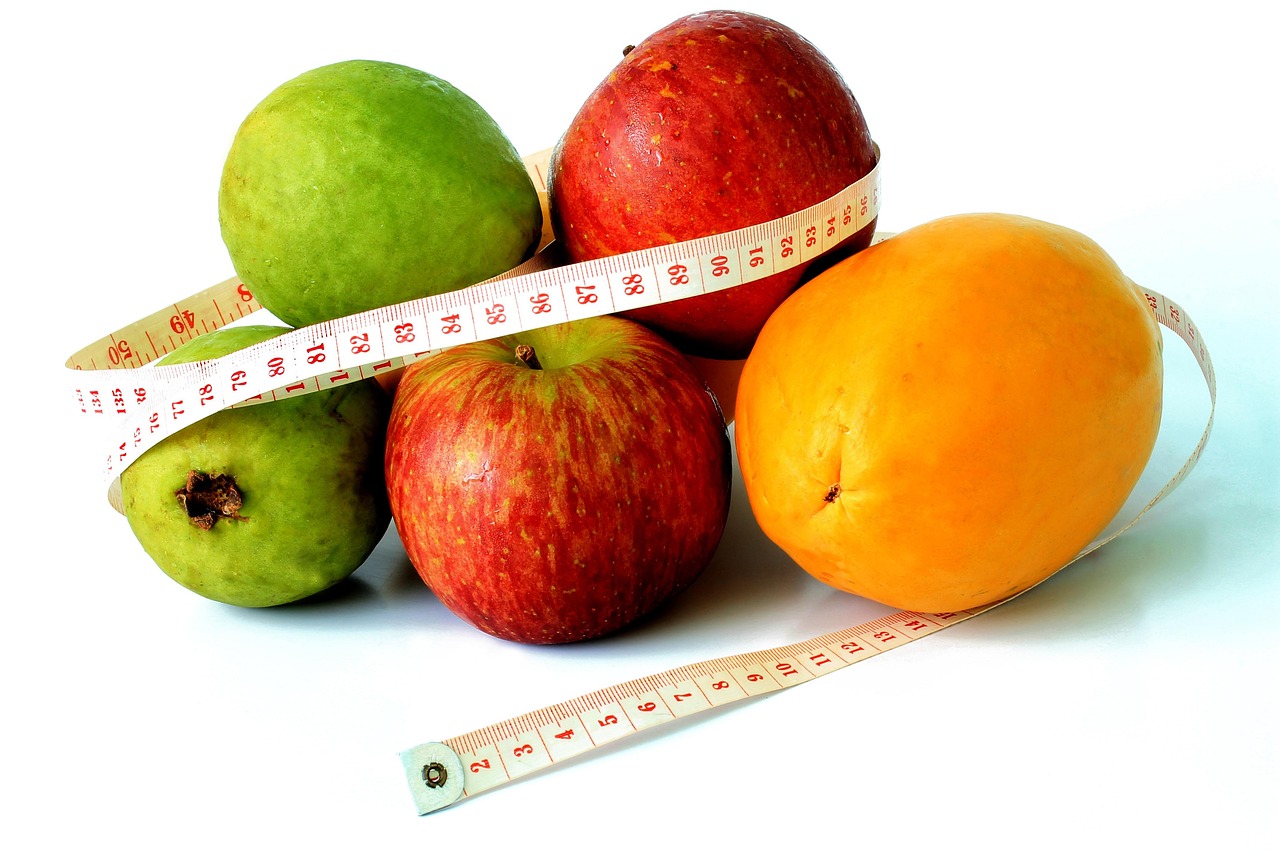Energy Converter
An Energy Converter is a device or system that transforms one form of energy into another. Energy conversion is a fundamental process in various technologies, industries, and scientific fields. The purpose of energy converters is to make energy more usable for specific tasks, like powering devices, driving motors, or generating heat.
An Energy Converter is a device or system that transforms one form of energy into another. Energy conversion is a fundamental process in various technologies, industries, and scientific fields. The purpose of energy converters is to make energy more usable for specific tasks, like powering devices, driving motors, or generating heat.
Types of Energy Converters
-
Mechanical Energy Converters:
- These convert mechanical energy into another form of energy, like electrical or kinetic energy. Examples include:
- Generators: Convert mechanical energy (from a rotating turbine, engine, etc.) into electrical energy.
- Motors: Convert electrical energy into mechanical energy (e.g., for running machines, vehicles, and appliances).
- Pumps: Convert mechanical energy into hydraulic energy to move liquids or gases.
- These convert mechanical energy into another form of energy, like electrical or kinetic energy. Examples include:
-
Thermal Energy Converters:
- These convert heat energy into other forms of energy, typically mechanical or electrical. Examples include:
- Thermoelectric Generators: Convert heat directly into electrical energy using the Seebeck effect.
- Steam Turbines: Convert heat energy from burning fuel (or nuclear reactions) into mechanical energy, which is then used to generate electricity.
- Heat Pumps: Move heat from one location to another, often used for heating or cooling purposes.
- These convert heat energy into other forms of energy, typically mechanical or electrical. Examples include:
-
Electrical Energy Converters:
- Devices that change electrical energy from one form to another, typically for efficiency or compatibility reasons. Examples include:
- Transformers: Convert electrical energy from one voltage level to another (e.g., from high-voltage transmission lines to usable household voltage).
- Rectifiers: Convert alternating current (AC) to direct current (DC).
- Inverters: Convert DC to AC, commonly used in solar power systems and for powering appliances from batteries.
- Devices that change electrical energy from one form to another, typically for efficiency or compatibility reasons. Examples include:
-
Chemical Energy Converters:
- These convert chemical energy stored in fuels or batteries into usable energy. Examples include:
- Batteries: Convert chemical energy into electrical energy through electrochemical reactions.
- Fuel Cells: Convert chemical energy from fuels (like hydrogen) into electrical energy with water as a byproduct.
- Internal Combustion Engines: Convert chemical energy in fuels (gasoline, diesel) into mechanical energy to drive vehicles.
- These convert chemical energy stored in fuels or batteries into usable energy. Examples include:
-
Solar Energy Converters:
- Devices that convert sunlight (solar energy) into other forms of usable energy, usually electrical energy. Examples include:
- Photovoltaic Cells (Solar Panels): Convert sunlight directly into electrical energy using semiconductor materials.
- Solar Thermal Collectors: Convert sunlight into heat, which can be used for space heating or to generate electricity.
- Devices that convert sunlight (solar energy) into other forms of usable energy, usually electrical energy. Examples include:
-
Wind Energy Converters:
- Devices that convert the kinetic energy of wind into mechanical or electrical energy. Examples include:
- Wind Turbines: Convert the kinetic energy of wind into mechanical energy (through rotation), which is then used to generate electricity.
- Devices that convert the kinetic energy of wind into mechanical or electrical energy. Examples include:
-
Hydroelectric Energy Converters:
- Convert the potential energy of water (usually stored in a reservoir) into mechanical energy, which is then used to generate electricity. Examples include:
- Hydroelectric Dams: Use the flow of water to turn turbines that generate electricity.
- Tidal Energy Converters: Capture energy from tidal movements in the ocean to produce electrical energy.
- Convert the potential energy of water (usually stored in a reservoir) into mechanical energy, which is then used to generate electricity. Examples include:
-
Nuclear Energy Converters:
- Convert nuclear energy into other forms of usable energy, typically heat and electrical energy. Examples include:
- Nuclear Reactors: Convert nuclear fission energy into heat, which is used to produce steam that drives turbines for electricity generation.
- Convert nuclear energy into other forms of usable energy, typically heat and electrical energy. Examples include:
-
Sound Energy Converters:
- Convert sound energy into other forms of energy, usually electrical. Examples include:
- Microphones: Convert sound energy into electrical signals, which can then be processed and transmitted.
- Convert sound energy into other forms of energy, usually electrical. Examples include:
-
Light Energy Converters:
- Devices that convert light energy (photons) into other forms of energy. Examples include:
- Photodiodes: Convert light energy into electrical energy.
- Photosynthesis in Plants: A natural process where plants convert light energy from the sun into chemical energy stored in glucose.
Applications of Energy Converters
- Power Generation: Energy converters play a critical role in power plants (thermal, hydroelectric, wind, solar, etc.), transforming raw energy into usable electricity.
- Transportation: In vehicles (cars, airplanes, trains), internal combustion engines, electric motors, and fuel cells convert chemical energy, electrical energy, or mechanical energy into motion.
- Home Appliances: Energy converters are found in devices like refrigerators, air conditioners, and washing machines, where electrical energy is converted into heat, mechanical motion, or other energy forms.
- Renewable Energy Systems: Solar panels, wind turbines, and hydroelectric plants convert renewable energy into usable electricity, helping to reduce reliance on fossil fuels.
- Energy Storage Systems: Batteries and capacitors store electrical energy for later use, converting electrical energy into chemical energy or potential energy.
The Process of Energy Conversion
Energy conversion follows basic principles of physics and thermodynamics. In most cases, energy cannot be created or destroyed, only transformed from one form to another. This is known as the conservation of energy. For instance:
-
Energy Losses: During the conversion process, some energy is often lost in the form of heat due to inefficiencies (like friction in mechanical systems or resistance in electrical circuits). However, advanced technologies strive to minimize these losses to optimize efficiency.
-
Efficiency: The efficiency of an energy converter is a measure of how effectively it converts energy from one form to another, with less energy lost as waste. The higher the efficiency, the more effective the converter is in utilizing the input energy.
Examples of Everyday Energy Converters
- Batteries: Convert chemical energy into electrical energy.
- Electric Heaters: Convert electrical energy into heat energy.
- Wind Turbines: Convert the kinetic energy of wind into mechanical energy and then into electrical energy.
- Solar Panels: Convert solar energy into electrical energy.
- Electric Cars: Convert electrical energy from batteries into kinetic energy for movement.
Conclusion
Energy converters are crucial components in virtually all aspects of modern life, from powering homes and industries to enabling renewable energy technologies and transportation. By converting energy from one form to another, these devices ensure the efficient and practical use of energy resources, making it possible for us to perform everyday tasks, power advanced technologies, and meet global energy demands.
Would you like more information about a specific type of energy converter or its applications in a particular industry?













